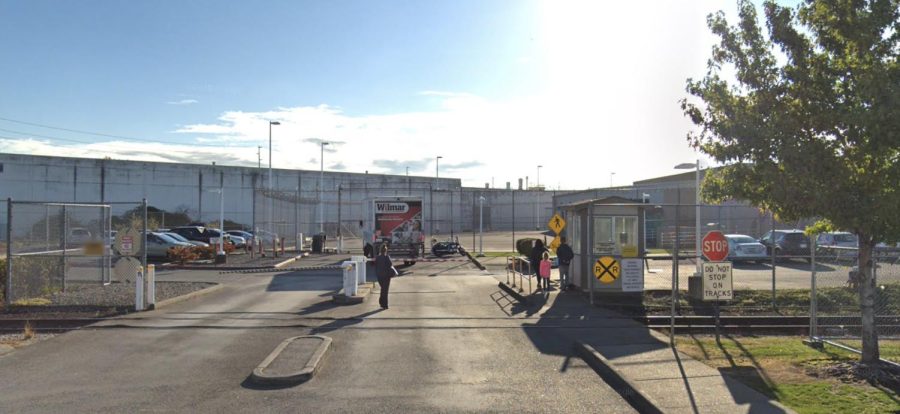Hunger Strike Protests in Tacoma ICE Facility
Inside the Northwest Immigration and Customs Enforcement (ICE) Processing Center in Tacoma, around 150 people participated in a six-day hunger strike in protest of the facility’s allegedly unsanitary and inhumane conditions. The group composed a list of 15 demands, including access to toiletries and proper clothing, better quality food service and ending all forms of unnecessary incarceration and punishment for all detainees.
Over the course of the hunger strike, two altercations occurred between protesters and guards, with KUOW reporting the usage of smoke bombs to control the crowd. Nine individuals were sent to solitary confinement.
The federal government established the Northwest ICE Processing Center (NWIPC) in 2005, appointing GEO Group Inc., a for-profit corporation, to operate the facility. Every year, the NWIPC brings in around $57 million in yearly revenue despite a multitude of human rights abuse allegations, including a $23.2 million lawsuit for unfair labor practices, in Nov. 2021.
A University of Washington Center of Human Rights report disclosed several emails dating back to 2018 between ICE and GEO regarding the facility’s “unsanitary working conditions.” The messages detail ICE’s awareness of the uncleanliness within the NWIPC, threatening to deduct 20 percent of the agency’s payment to GEO. However, there are no reports that ICE carried out their threats, leaving GEO unaccountable until the hunger strikes began.
In 2022, The Center of Immigration Studies estimated around 11.35 million undocumented immigrants reside in the U.S., with the most populous groups originating from Mexico, China and India, according to the Migration Policy Institute. While the most common factors for migration are war, violence, poverty, persecution and climate change, many asylum seekers have to wait a considerable amount of time before they can achieve citizenship. Seattle University International Studies Associate Clinical Professor Audrey Hudgins estimates the average waiting time spent filing for citizenship is five years, including a one and a half to two year processing time and waiting period.
“In general, the process for applying for citizenship is lengthy because of backlogs in application processing by the United States Citizenship and Immigration Services (USCIS),” Hudgins said.
Because of the wait, many undocumented immigrants resort to forging documents and working under the table to be able to support themselves and their family. Hudgins believes the U.S. needs substantial reform within social services on the national and state level.
“Imagine a middle-aged man trying to fit into the same clothes he wore 30 years ago. That’s a bit like our present immigration system because we’re long overdue for comprehensive immigration reform,” Hudgins said.
The 650 incarcerated detainees in the NWIPC are not alone in their struggle as activist groups are spreading awareness and providing aid. La Resistencia, a Washington state-based organization, has been involved in the NWIPC’s affairs since they were formed in 2014. Their mission is to end detention and deportations for all immigrants and provide basic needs for detainees within the facility. Maru Mora Villapando, the advisor of the group, believes the efforts are sparking change.
“We hope that the wins are permanent and extended to the entire facility, but [we also hope] for politicians to realize that it shouldn’t take a unit [getting] pepper sprayed and gassed and other units to go on hunger strike to get these basic human needs,” Villalpando said. “[This] should tell them that this facility should be shut down immediately because we cannot trust GEO [or] ICE to take care of the lives of people in that cage.”
Since the strikes began, third-year Journalism Major Claire Hood has been communicating with La Resistencia to engage with the cause and spread the word of the events. Hood expresses how more people need to be informed about the conditions detainees are forced to live in, especially since the NWIPC is just 30 minutes outside of Seattle.
“There are not a lot of methods in which one who is detained in the Northwest Detention Center can resist the environment they are held in,” Hood said. “The main agency the individuals have is through a hunger strike, and it’s the main resistance method that is available to them.”
According to La Resistencia, two ICE officers and GEO have been in negotiations about the people’s demands since Feb. 6, resulting in a pause in the hunger strike. The living conditions of a few wards have improved, but La Resistencia and the strikers are waiting for change to be implemented throughout the facility. While they wait in limbo, the hundreds of detained immigrants inside the facility can only hope their situation improves.


